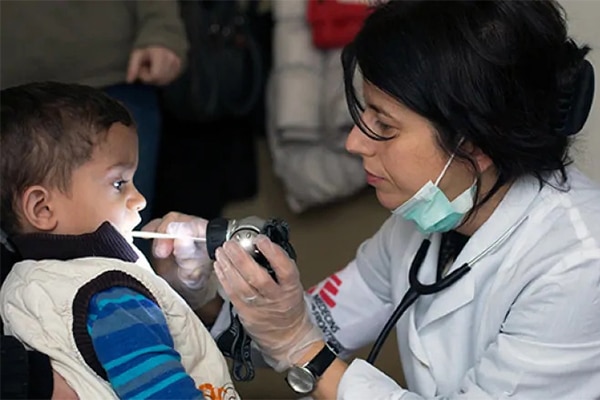4 Paradigm Shifts in Healthcare Innovation Over the Next Decade

How do Hispanics in Rural Areas Differ to those Living in Metro Areas?
March 8, 2023
Will Qualitative Research Outlive Artificial Intelligence?
January 11, 2024By Dulce Alonso
Forrester Research recently came out with an extensive, data-driven report which signaled primary trends that will shape changes in the US health system over the coming 5-10 years. Our team has sought to understand the most substantial aspects of this data.
In generating the findings, the researchers at Forrester spoke to leaders at insurers, healthcare providers of different sizes and pharmacies across the country. Additionally, they interviewed experts from different public and non-profit health organizations such as the NIH (National Institutes of Health) and KFF (formerly known as the Kaiser Family Foundation) to obtain a wider scope of insights on emerging trends that have been perceived.
When thoroughly reviewed and analyzed, the qualitative research yields certain conclusions that will significantly affect how the healthcare landscape works. These are the four key takeaways that appear to be most impactful:
Trust is Everything
The volatility and unpredictability of out-of-pocket medical expenses has kept rising for patients, and this has steadily been making both the transparency and integrity of both providers and insurers an increasingly higher priority. Additionally, healthcare is and will continue to become exponentially more digital, including but not limited to areas such as remote medical appointments, at-home medical tracking devices, and electronic data sharing across the board. With that, privacy and security concerns become top-of-mind for patients, and as such, keeping their trust will be of utmost importance to any healthcare provider or organization that wishes to sustain itself and expand.
Democratized Access to Health Information
According to the research, by the end of this decade, patients will be able to manage their own health-related data. This will largely be driven by the fact that the healthcare industry will become increasingly reliant on health data generated by consumers themselves, through technologies like smart remote monitoring systems. The importance of the plethora and precision of this longitudinal data, coupled by the aforementioned privacy concerns, will make it such that individual consumers will have enough leverage to demand ownership of this information.
More At-Home Care
During the pandemic years, the use home health services obviously increased tremendously, and just about the entire industry realized how the substantial benefits in cost-saving and patient experience could be. The home can now be viewed as the first point of healthcare access, where monitoring, diagnostic and even certain treatments can be administered. It is expected that this will account to 1/3 of all healthcare activity by the end of this decade. The increase in home care and in value-based care will lead to a certain amount of closures in traditional hospitals, which will still be used for invasive procedures or in cases where the home is unsafe. On the other hand, insurers will increasing look to open and/or purchase existing medical facilities, where they can mitigate provider billing and also provide preventative care.
Greater Health Equity
Much like how mobile phone adoption has vastly reduced inequality as far as information access, increased use of at-home monitoring systems and of remote appointments could lead to better healthcare access for disadvantaged and far-flung communities. The expected ramp up in the use of value-based care, with its focus on prevention and effectiveness, should have an outsized effect healthcare quality for segments such as Latinos, African-Americans and Native Americans that have traditionally had inferior access and results than the general population.
The healthcare system remains one of the biggest pain points in the US economy and society, which by the same token, holds the wide room for improvement, as exemplified by the insights gleaned from this report.







